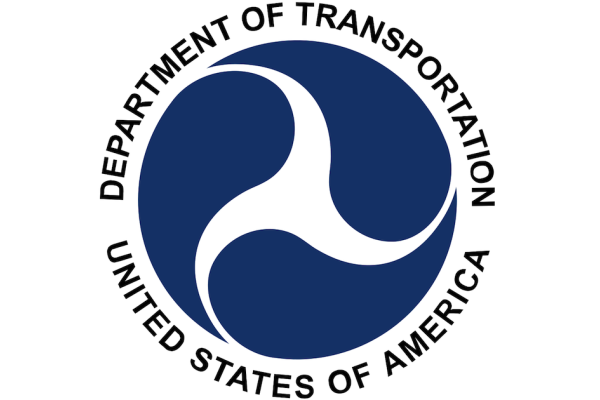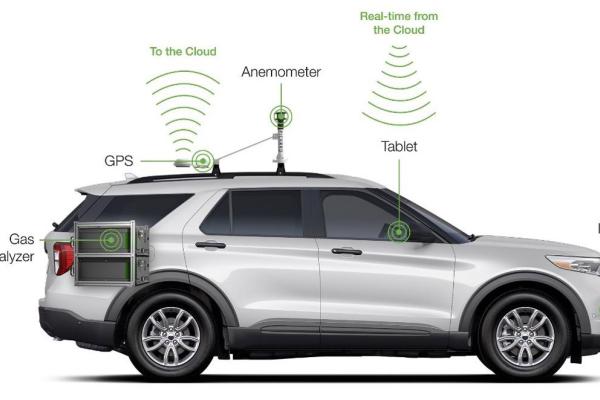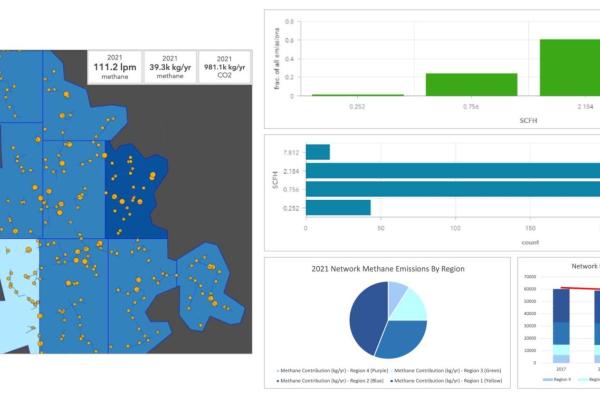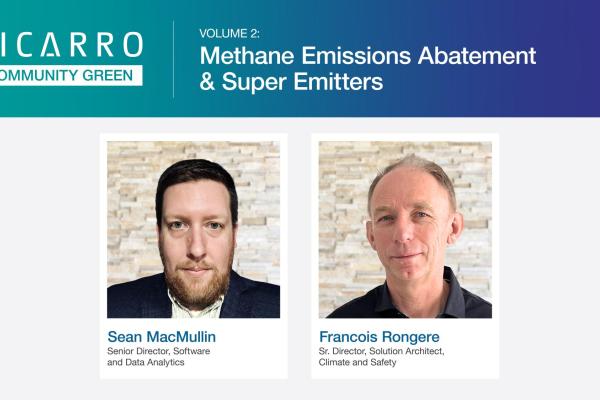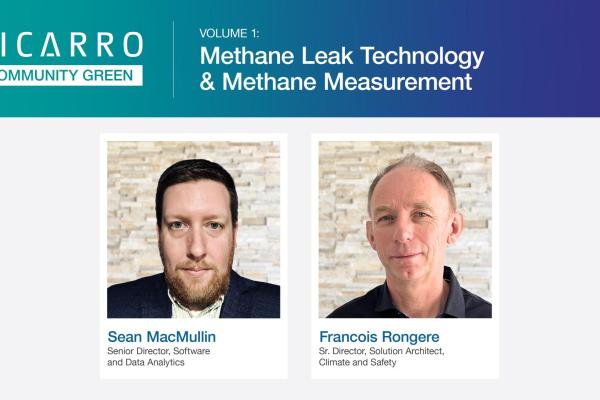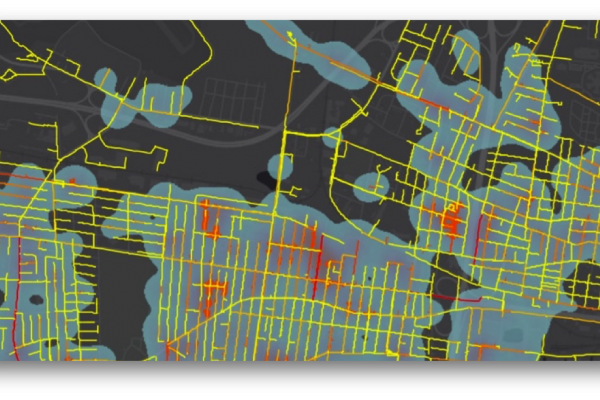A year ago, Veritas and OGMP 2.0 embarked on a collaborative journey to harmonize their methodologies. A comprehensive analysis at that time revealed a fundamental contrast between the two approaches: Veritas prioritized instilling confidence in measurements to facilitate reporting at the system level, whereas OGMP's primary focus rested on specificity in characterizing and attributing every emission source, thereby emphasizing accountability for asset owners and driving actions for emissions reduction.
The Collaborative Journey
In a proactive move, a dedicated working group, comprising representatives from the industry, Veritas, and OGMP, was convened to craft a unified protocol tailored for gas distribution networks. I had the privilege of participating in these deliberations.
The primary challenge confronting the working group stemmed from OGMP's prescribed sequence of bottom-up (Level 4) and top-down (Level 5) measurements. This approach proved impractical for distribution operators due to their extensive size and geographical dispersion.
The initial step involved defining a site measurement as the quantification of a gas plume by a mobile detection system, typically deployed in the vicinity of its source. Unlike upstream or midstream facilities with numerous sources, a site measurement in a distribution system often corresponds to a single source and rarely involves more than a couple.
Subsequently, the investigation of the mobile detection data performed by utility crews attributes a source to a site measurement. This alignment ensures that site and source measurements coincide, addressing the dual objectives of Level 4 and Level 5 of OGMP—being comprehensive enough to avoid overlooking sources and specific enough to identify and quantify each source.
Bridging the Methodological Divide
The reconciliation phase can then concentrate on verifying the correlation between detections and sources, confirming assignments, assessing associated uncertainties, and supporting extrapolation to uninvestigated detections. Meanwhile, confidence in quantification is established by the validation set of the technology. Picarro is exemplary on this requirement with over 600 validation points and a peered reviewed method to rigorously manage measurement uncertainties at scale. In addition, gas operators have the option to supplement this validation set with spot verifications to enhance confidence for their specific territories.
The Unified Protocol Unveiled
Scheduled for publication this month, the aligned protocol promises operators and regulators a standardized framework for developing and verifying solid distribution network emission reports. Veritas and OGMP stand to gain from leveraging their differences, enhancing both measurement confidence and specificity critical for the collective success of methane emission reduction initiatives throughout the natural gas supply chain.
Picarro’s emission360TM provides gas operators with the most practical, easily deployable, and cost-effective solution, aligning seamlessly with the ethos of the Veritas-OGMP protocol.
Further reading:
Project Veritas Website and Link to Protocols
Register for an upcoming webinar including members of OGMP 2.0 and Project Veritas
Press Release announcing new international protocols
Would you like to read more? Register for the Picarro Gas Community! Gain unlimited access to restricted content including playbooks, technical guides and conference panels.


